Summary
The ideal streamflow range for this river is 200-400 cubic feet per second (cfs) during the summer months, while 500-1,000 cfs is considered ideal during the winter and spring. The river is rated as a Class III-IV, and its total length is approximately 30 miles.
There are several notable rapids and obstacles along the river, including the "Rockpile" and "Pinball" rapids. The "Rockpile" rapid is a Class IV rapid located near the beginning of the run and is known for its large boulders that create challenging waves and hydraulics. "Pinball" is another Class IV rapid that is named for its narrow channel and numerous obstacles that create a pinball-like effect for boaters.
There are specific regulations in place for the Whitewater River, including the requirement of a permit for all commercial rafting trips. Additionally, boaters are required to wear personal flotation devices (PFDs) at all times while on the river. It is also recommended that boaters have experience in whitewater rafting and have appropriate safety equipment on hand.
In summary, the Whitewater River in California is a challenging and exciting river run with ideal streamflow ranges, a Class III-IV rating, and several notable rapids and obstacles. Boaters should be aware of specific regulations and safety requirements before embarking on this adventure. Sources used for verification include whitewater guidebooks and the California State Parks website.
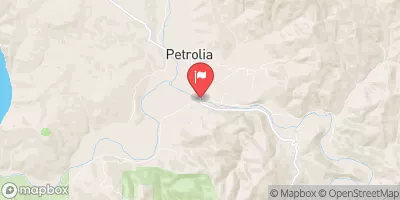 Mattole R Nr Petrolia Ca
Mattole R Nr Petrolia Ca
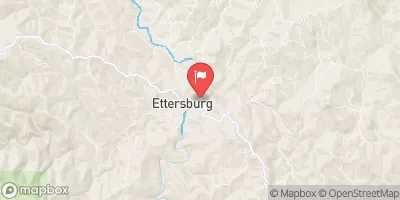 Mattole R Nr Ettersburg Ca
Mattole R Nr Ettersburg Ca
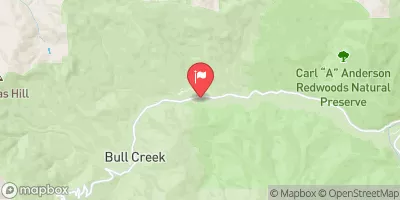 Bull C Nr Weott Ca
Bull C Nr Weott Ca
 Eel R A Scotia Ca
Eel R A Scotia Ca
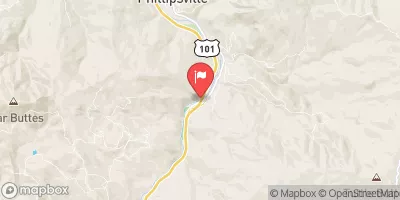 Sf Eel R Nr Miranda Ca
Sf Eel R Nr Miranda Ca
 Van Duzen R Nr Bridgeville Ca
Van Duzen R Nr Bridgeville Ca
 Camp Wolfman
Camp Wolfman
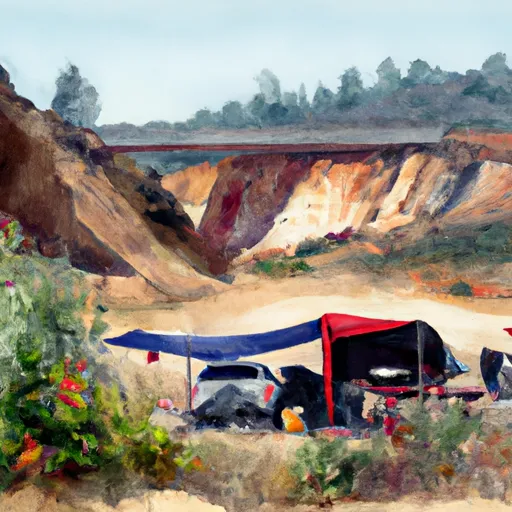 Spanish Flats
Spanish Flats
 Randall Creek
Randall Creek
 Spanish Creek
Spanish Creek
 Kinsey Creek
Kinsey Creek
 Cooskie Creek
Cooskie Creek
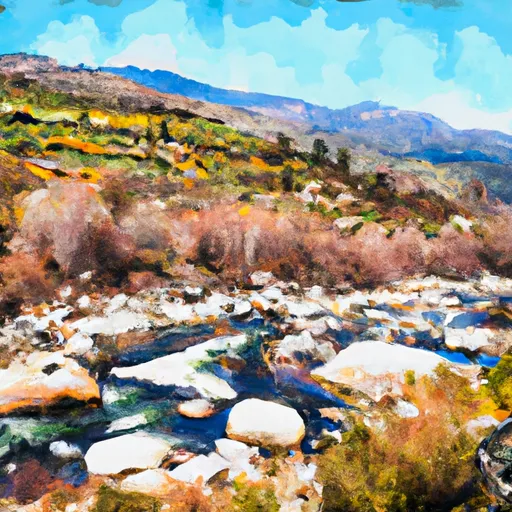 From Its Headwaters In Sec. 13, T3S, R2W, Hm To To The Pacific Ocean
From Its Headwaters In Sec. 13, T3S, R2W, Hm To To The Pacific Ocean
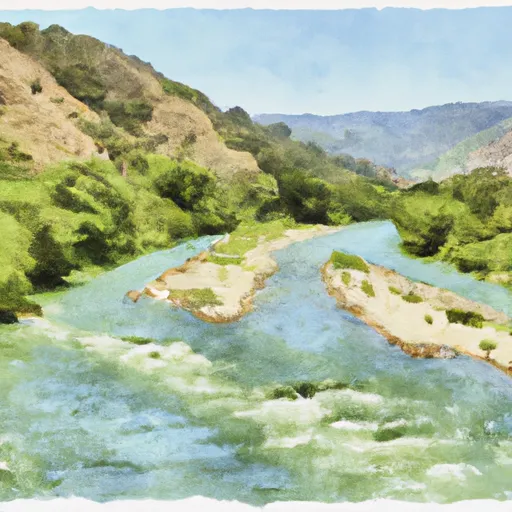 Northeast 1/4 Of Sec. 35 23 And 24, T3S, R2W, Hm To To Its Junction With The Main Stem
Northeast 1/4 Of Sec. 35 23 And 24, T3S, R2W, Hm To To Its Junction With The Main Stem
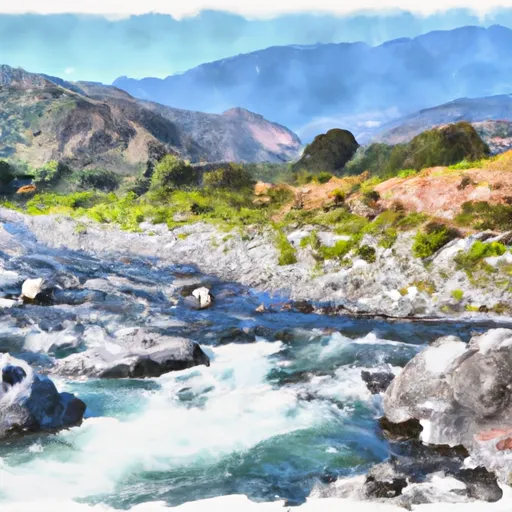 From Its Headwaters In Sec. 18, T3S, R1W, Hm To To The Pacific Ocean
From Its Headwaters In Sec. 18, T3S, R1W, Hm To To The Pacific Ocean
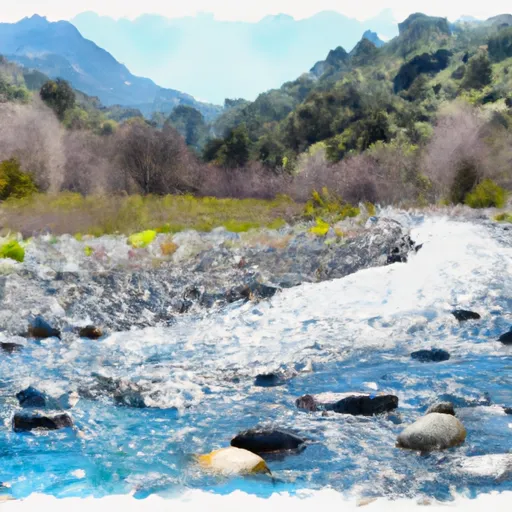 From Its Headwaters In Sec. 19, T3S, R1W, Hm To To The Pacific Ocean
From Its Headwaters In Sec. 19, T3S, R1W, Hm To To The Pacific Ocean
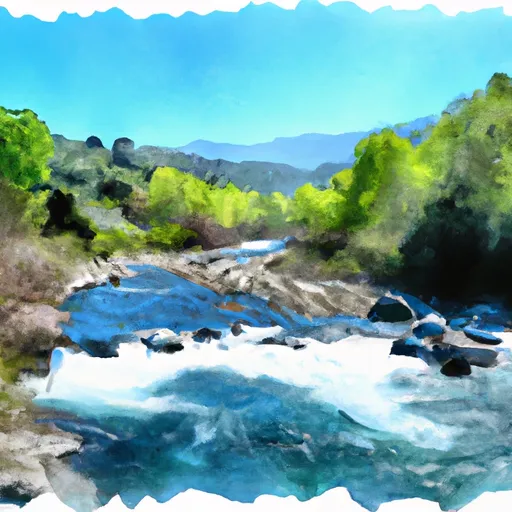 From Headwaters In Sec. 21, T3S, R1W, Hm To To Private Land Boundary In The Nw 1/4 Of Se. 8, T3S, R1W, Hm
From Headwaters In Sec. 21, T3S, R1W, Hm To To Private Land Boundary In The Nw 1/4 Of Se. 8, T3S, R1W, Hm
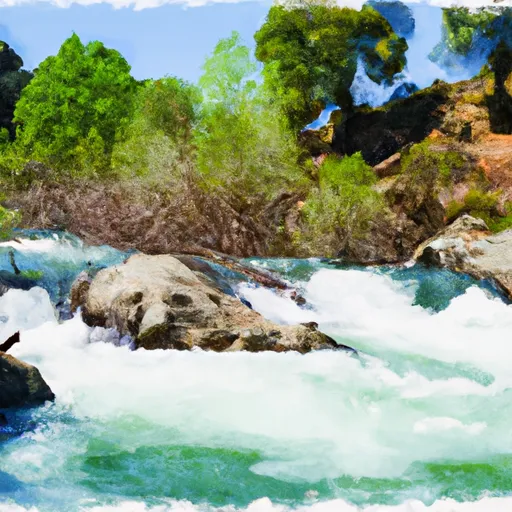 Northeast 1/4 Sec. 19 T3S, R1W, Hm To To Its Junction With The Main Stem
Northeast 1/4 Sec. 19 T3S, R1W, Hm To To Its Junction With The Main Stem

